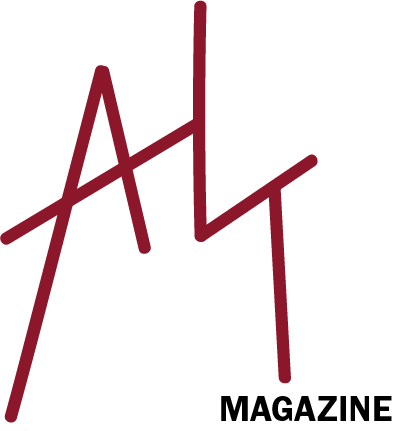Written by: Ingrid Anderson
ODIE
Personal Favorite: Night Terrific!
If you’re looking for something where the lyrics are flowing and mellifluous, paired with a peppy rhythm, listen to Odie. Born in Toronto, Ontario by Nigerian parents, he then moved to the West Coast when he was 12 and never left. As a relatively new artist, most of Odie’s music has been produced in the past 2 years, beginning on Soundcloud and eventually migrating to putting his content on Spotify.
Odie makes music about his own experiences in life, and his personal perspective on the world. His thoughtful lyrics are paired with layers of harmonic rhythms that are easy to listen to, but still keep your mind entertained with differing beats. He draws a lot of inspiration from Kid Cudi, Coldplay, and Nigerian songs he grew up listening to, which you’ll definitely be aware of.
UMI
Personal Favorite: High School
Umi, a 21-year-old singer who grew up in Seattle, produces music while attending college in California. She started writing music at the age of four with plenty of support from her family (who were all also passionate about music themselves), and started putting her songs online in high school. Born as Tierra Smith, Umi is her middle name that means “ocean.”
She has songs that range from a slow, sultry melody, to more upbeat tunes. Since Umi is a young-adult producer, she creates music that’s easy to identify with and relate to. She describes her music as “bedroom R&B,” and she couldn’t have captured it more perfectly. UMI is perfect to listen to when you’re alone, or lounging in a low-lit room with some of your closest friends.
DANIEL CAESAR
Personal Favorite: Hold Me Down
Having released his debut album in 2017, Daniel Caesar is a somewhat new artist. He was born as Ashton Simmonds in Toronto, Ontario in 1995. His parents are Jamaican and Barbadian, and he was raised on a lot of soul and gospel music, which is reflected in his art.
In his music, Daniel uses a lot of slow melodies with thoughtful lyrics, where it’s easy to lose yourself in his slow, somber voice. He already has three albums out, each with their own sound and rhythm to them. His songs mostly revolve around spirituality and love, and he draws inspiration from artists like Beyonce and Frank Ocean. Listening to him, you’ll be surrounded by his soulful lyrics layered classical music and a strong rhythm.
KIERA PLEASE
Personal Favorite: Obvious Secret
Kiera Please is a cosplayer from Virginia who recently started producing music. She still has a relatively small content collection, but the tracks that she produced are all amazing, multilayered songs where she talks about her personal perception of this world. A strong believer in self-love and individuality, she doesn’t fail to communicate that message through her music.
Being a pop artist, her music is catchy and easy to listen to with catchy beats and lyrics, which reflects her personal style a lot, as she is drawn towards constantly changing bright hair colors and bright artistic makeup. Kiera also runs a YouTube, where she posts her music videos, along with a few vlogs and videos about self-expression.




















